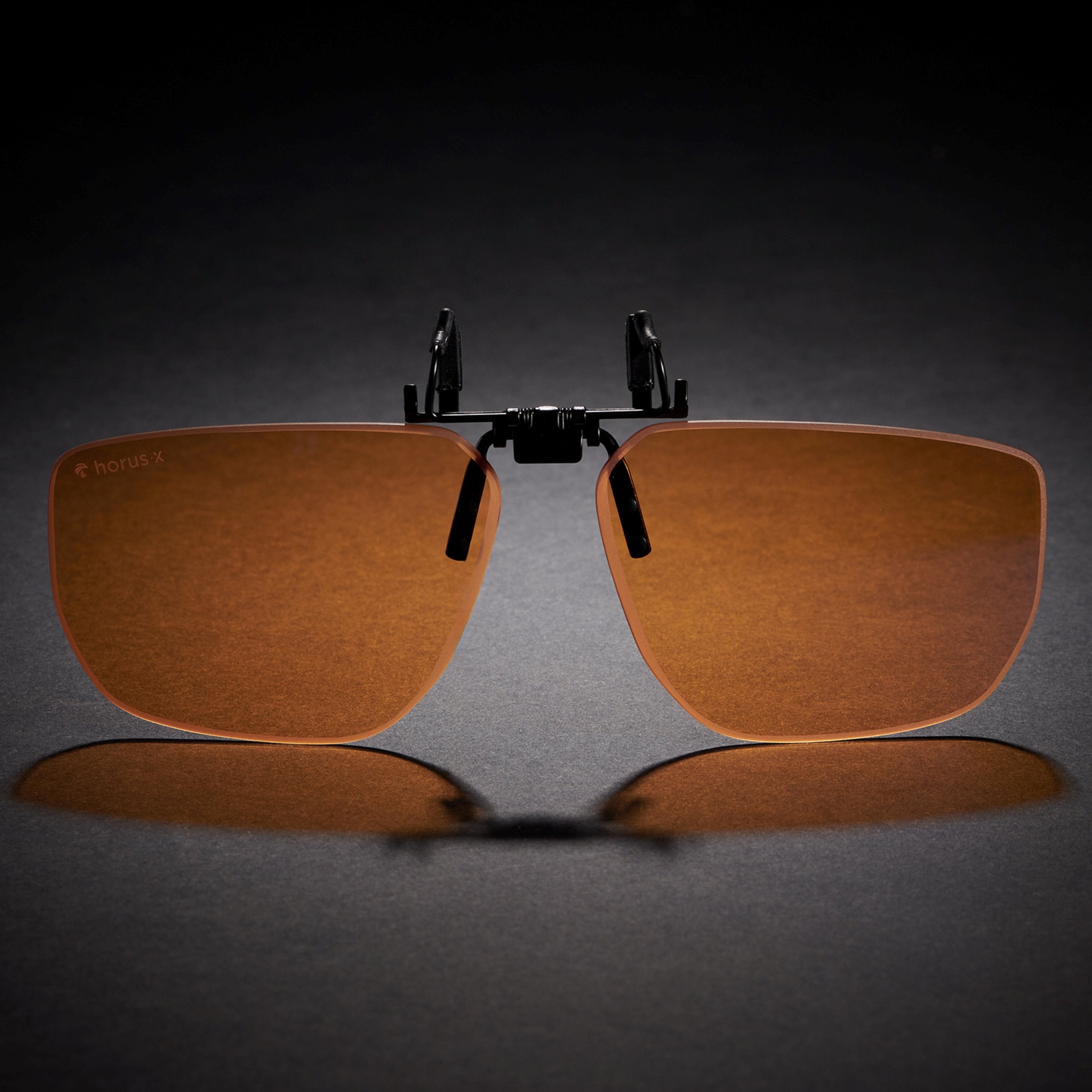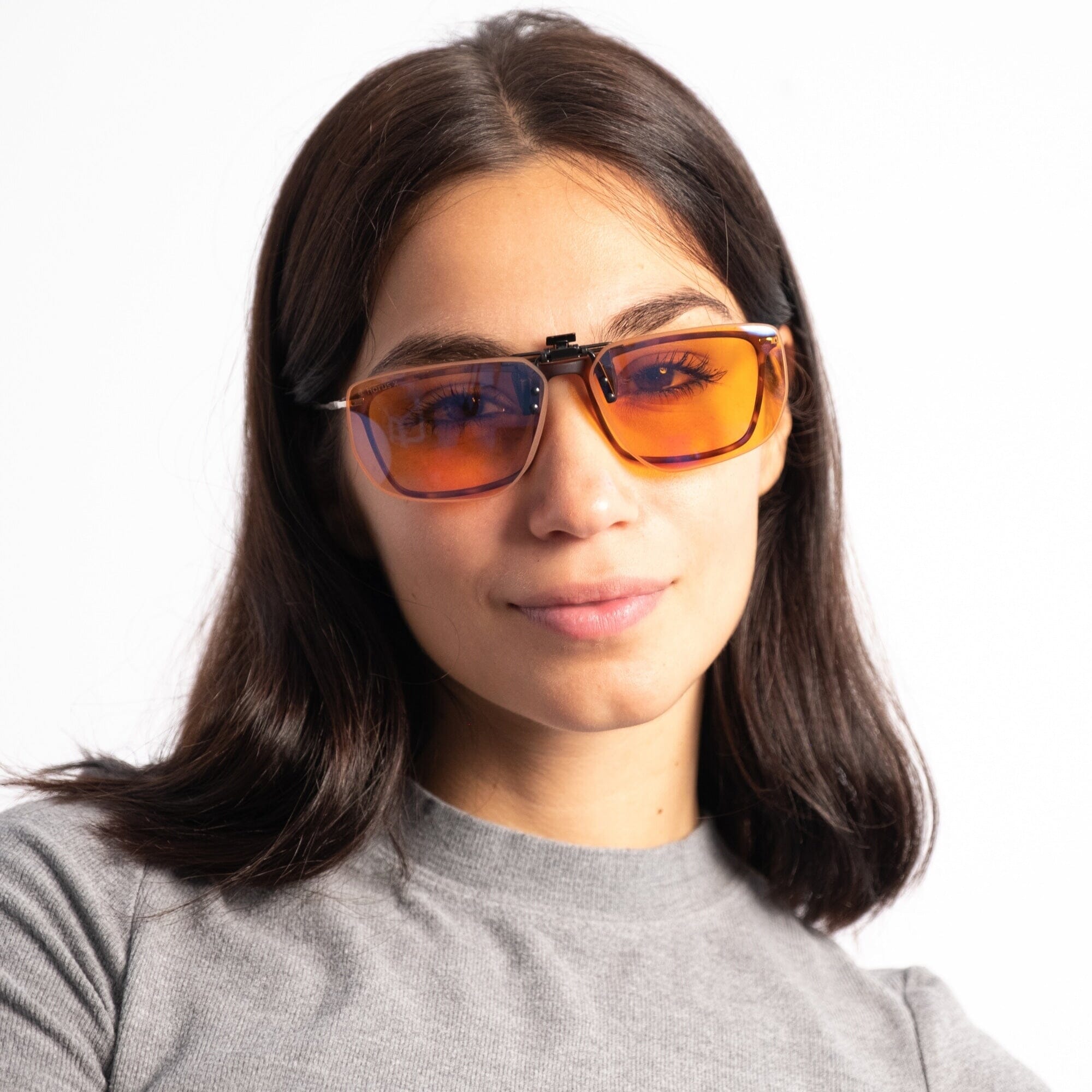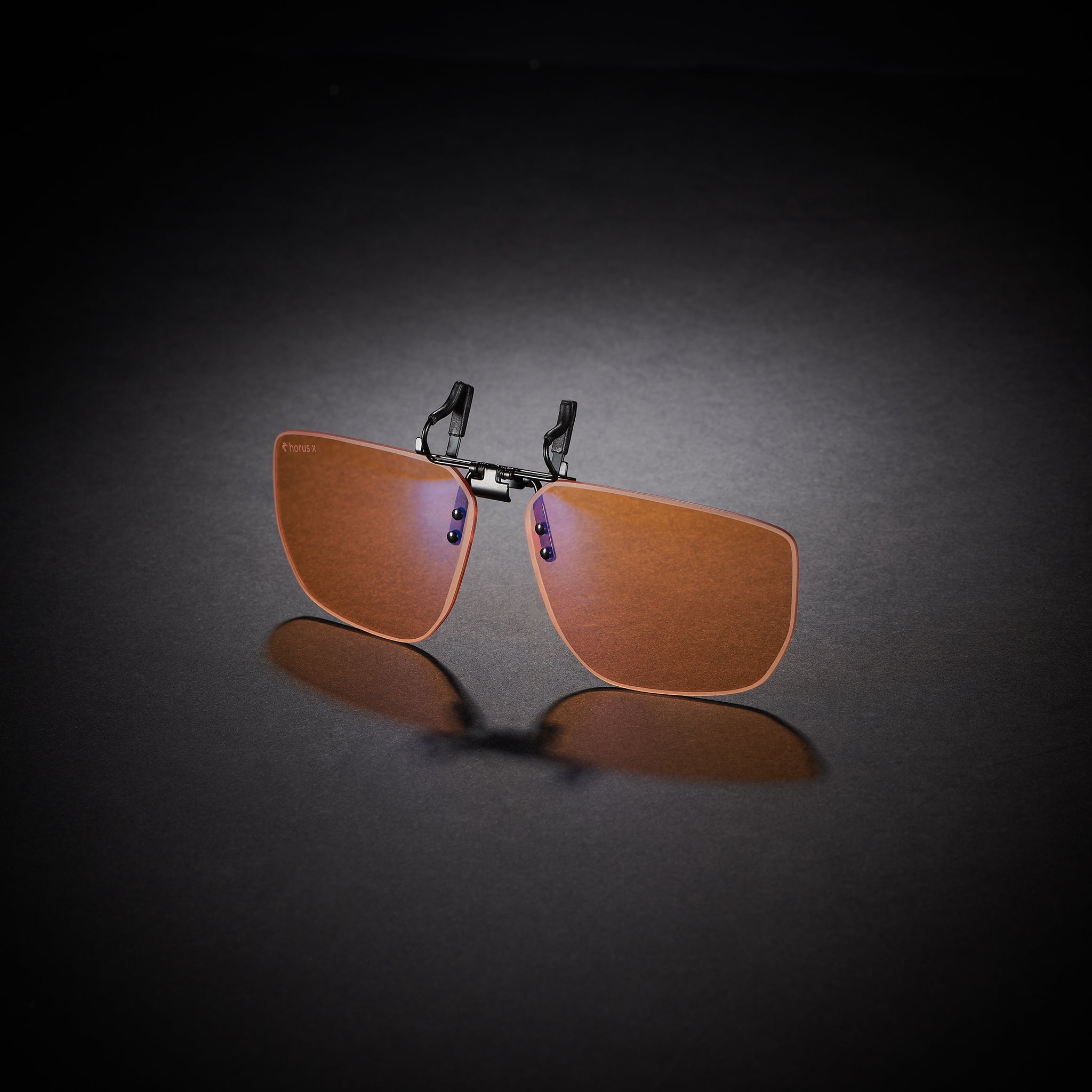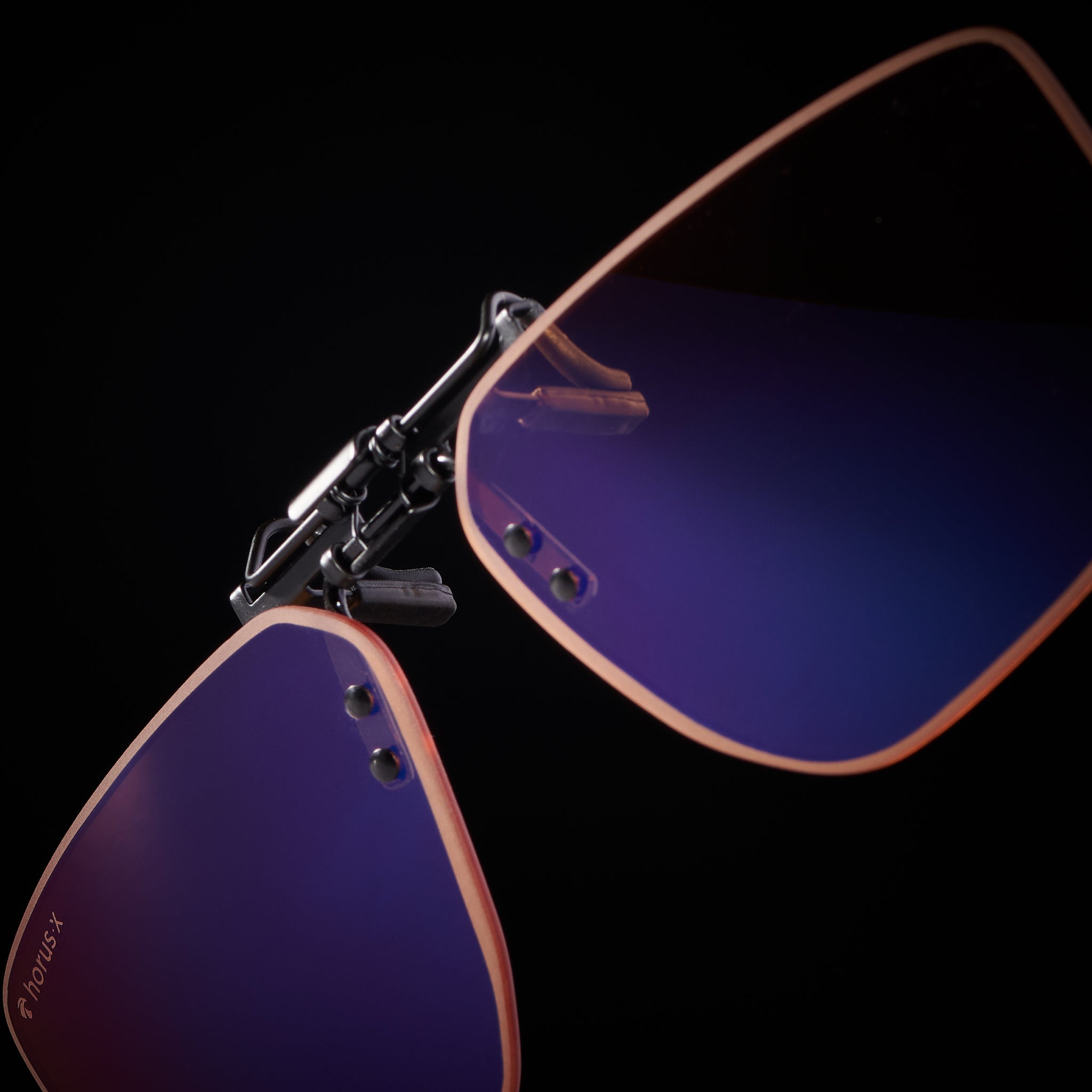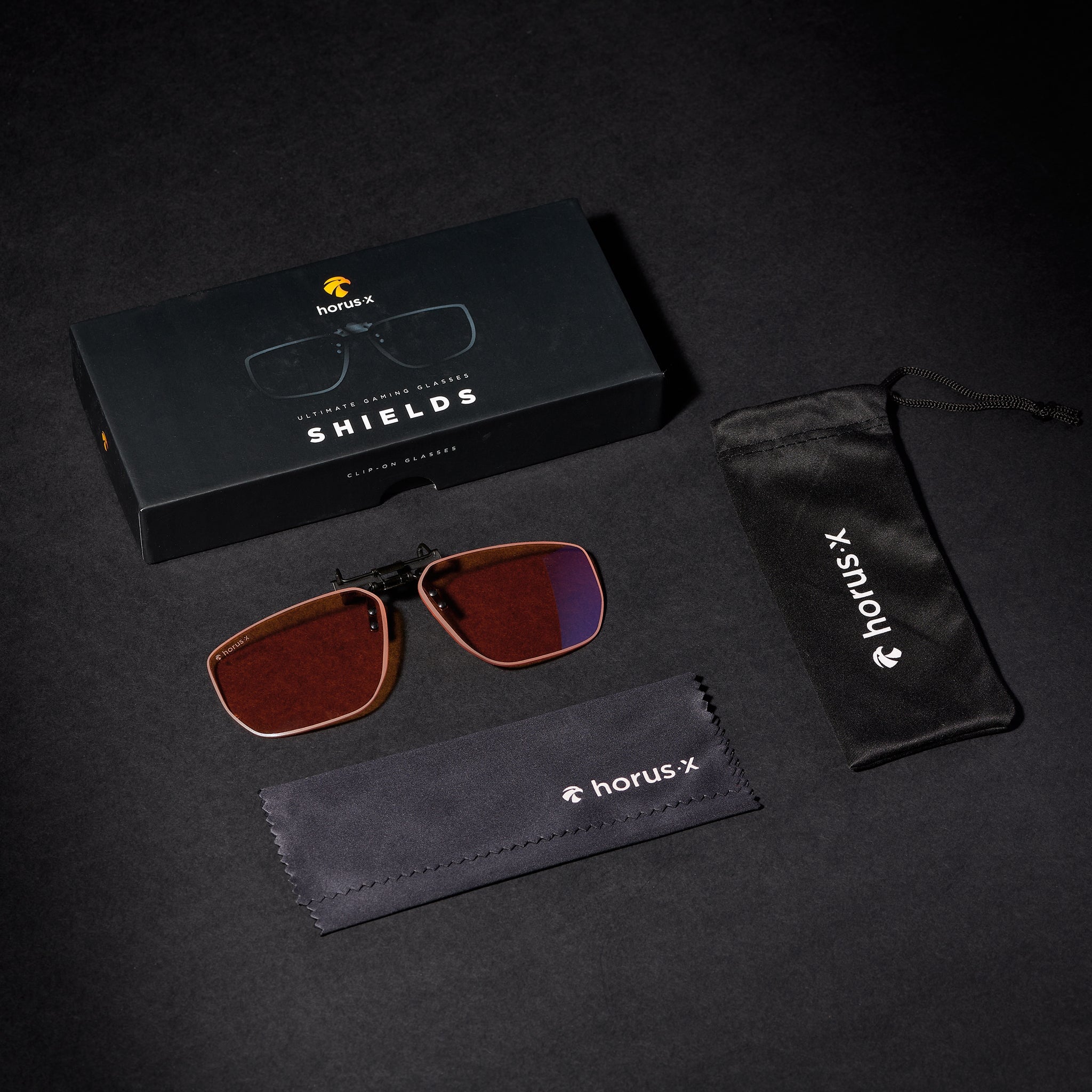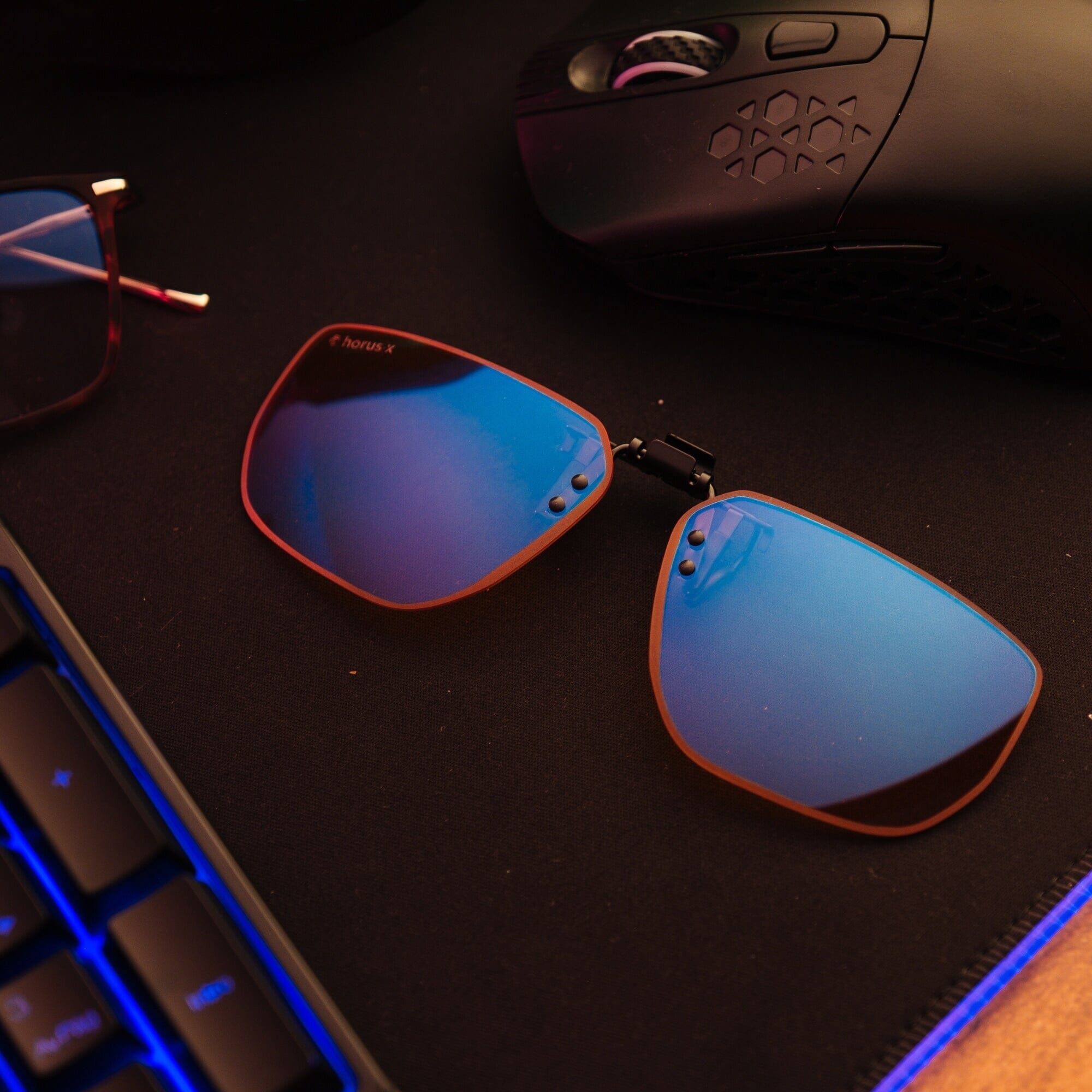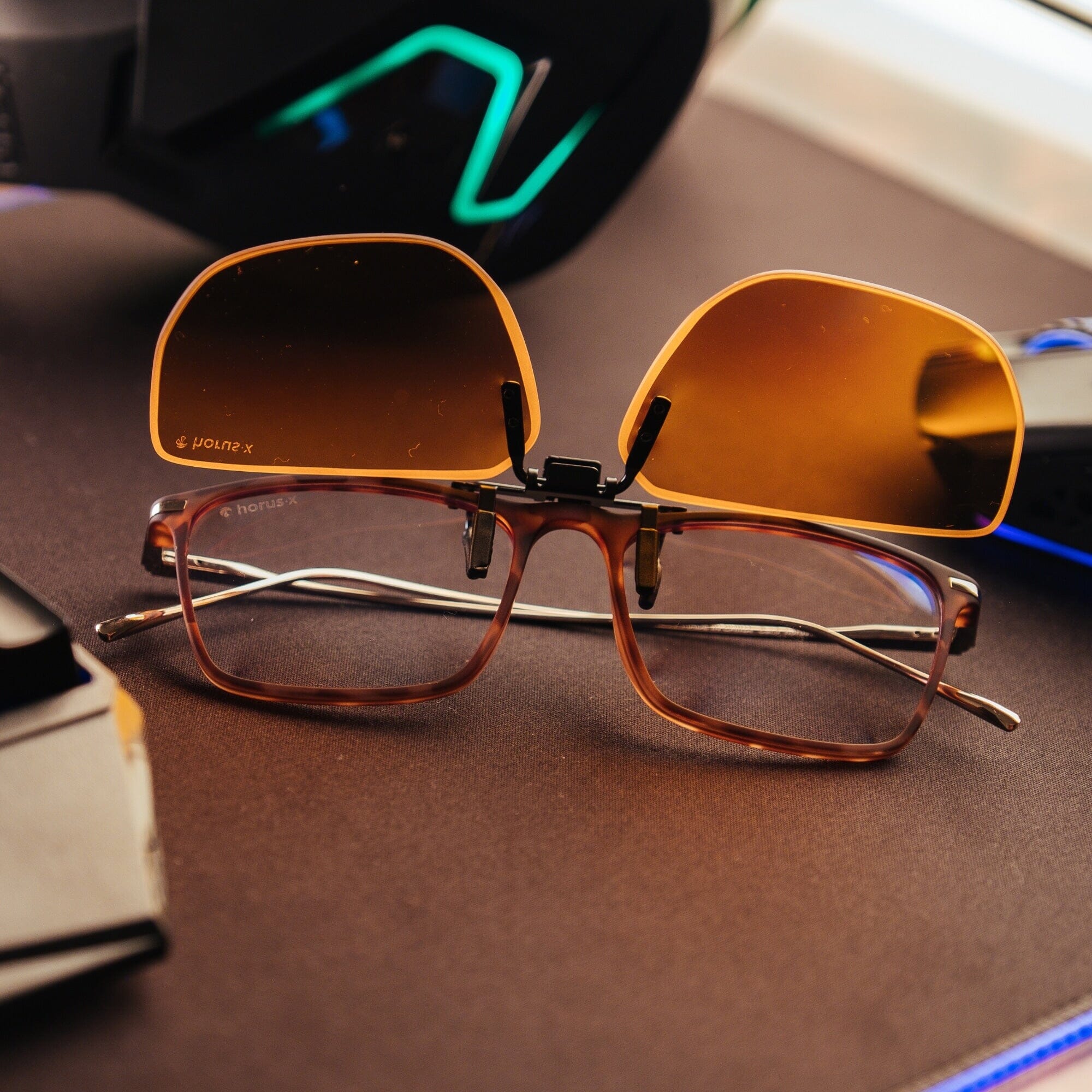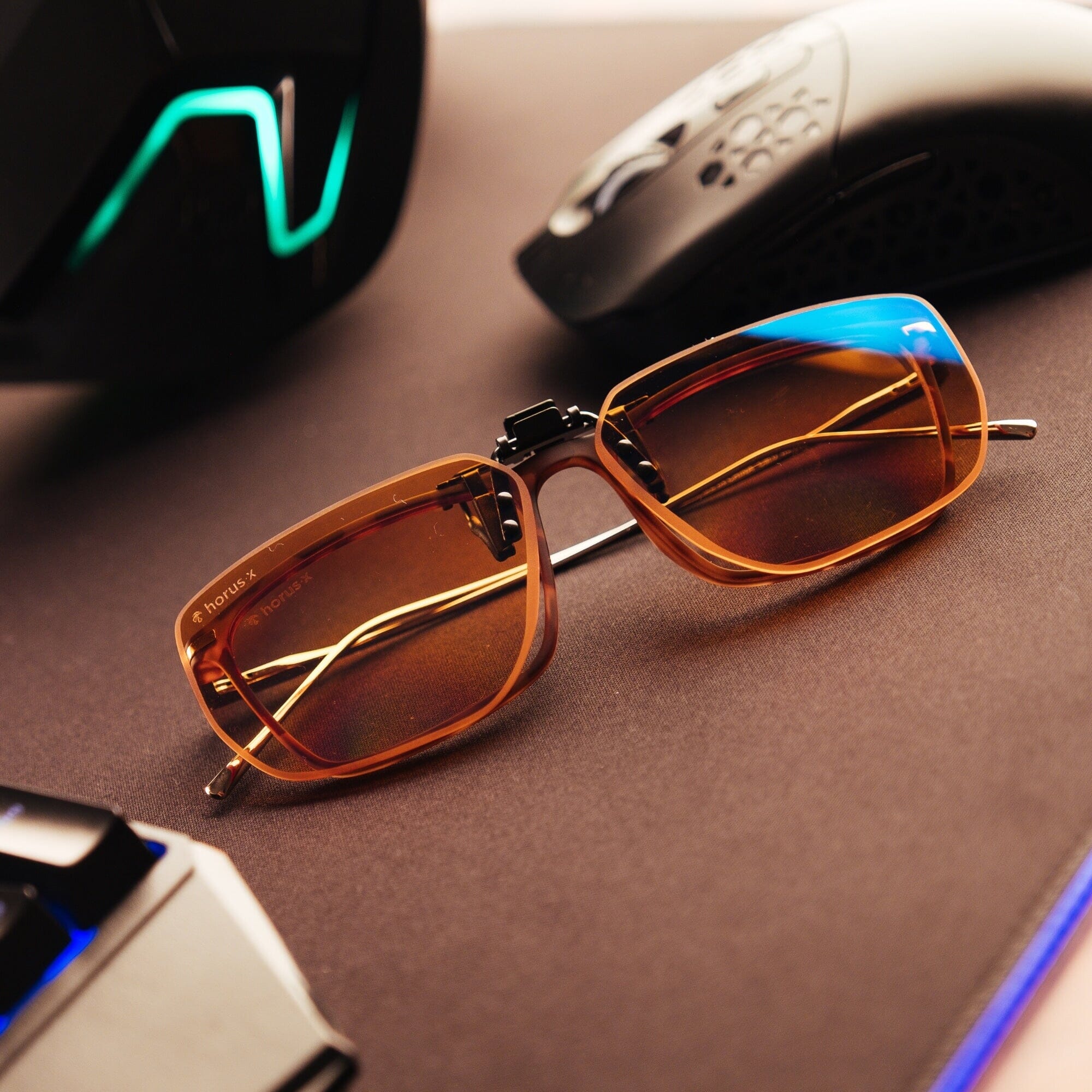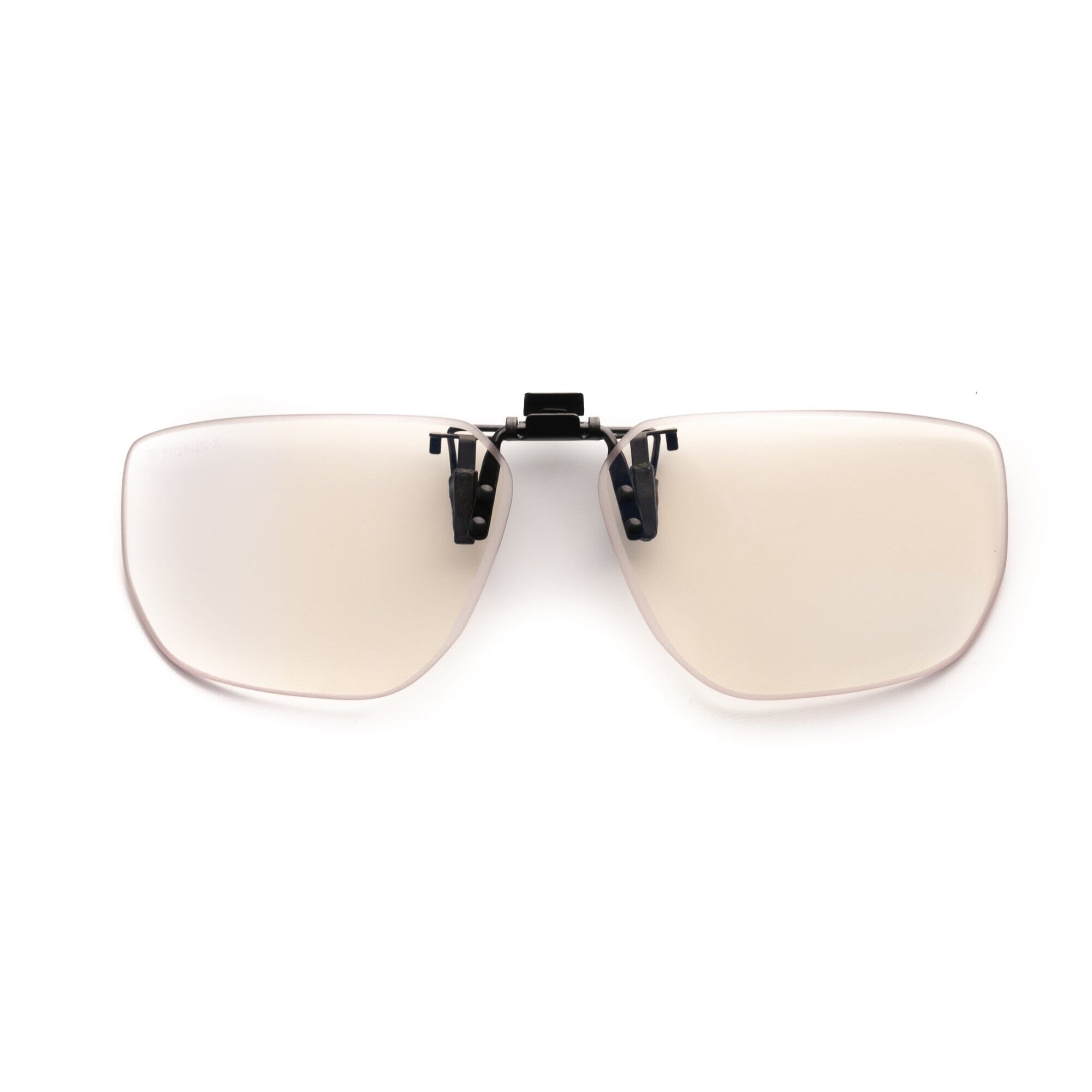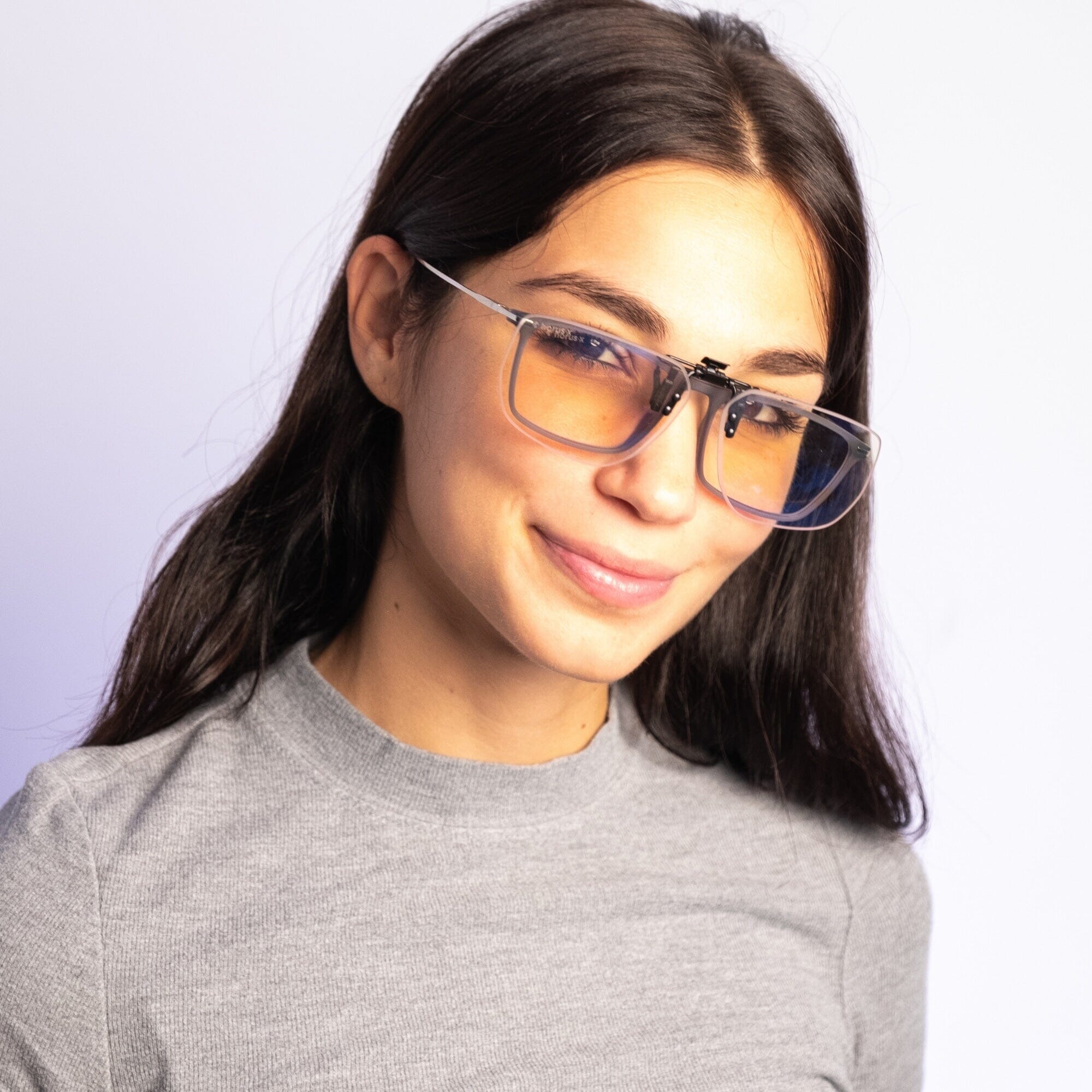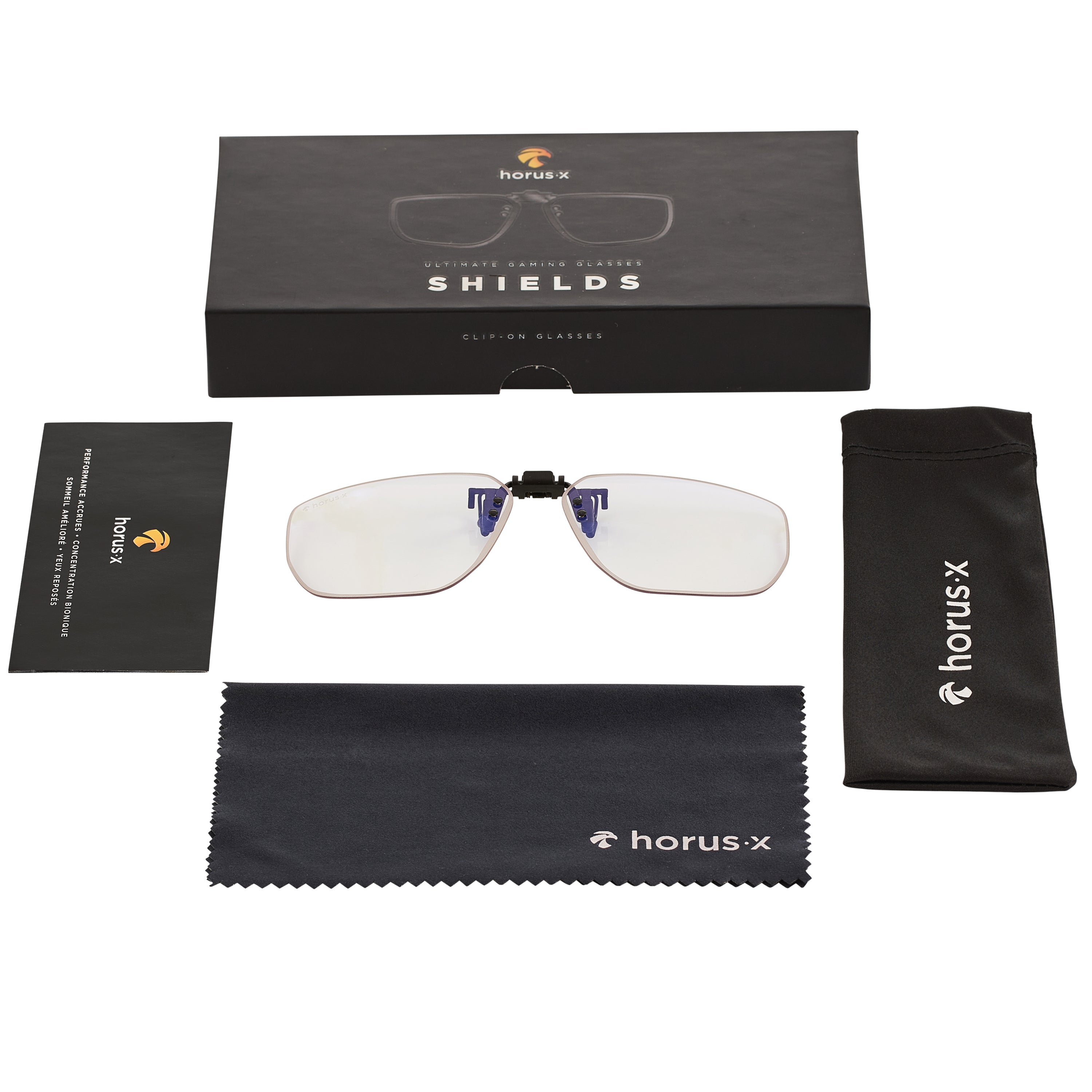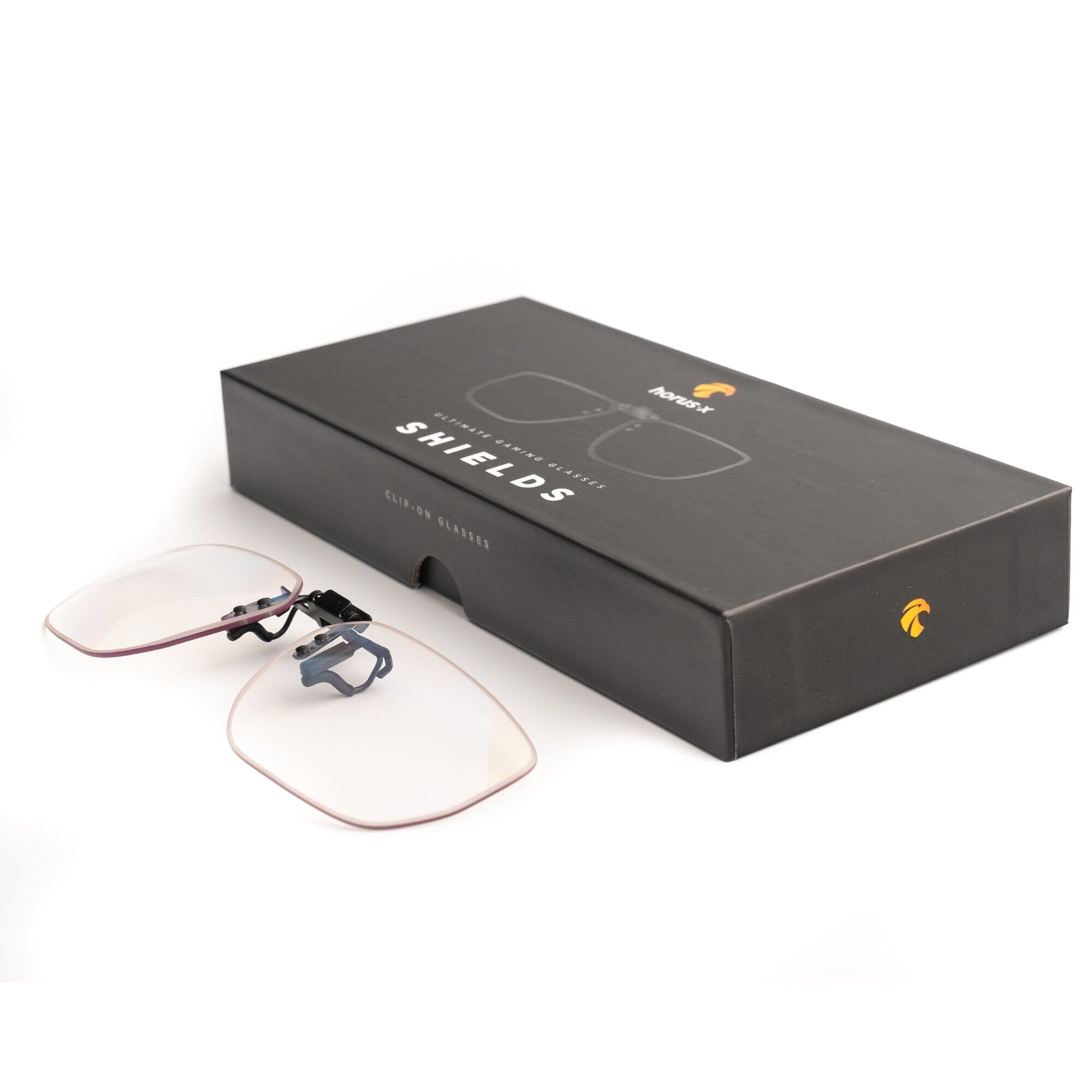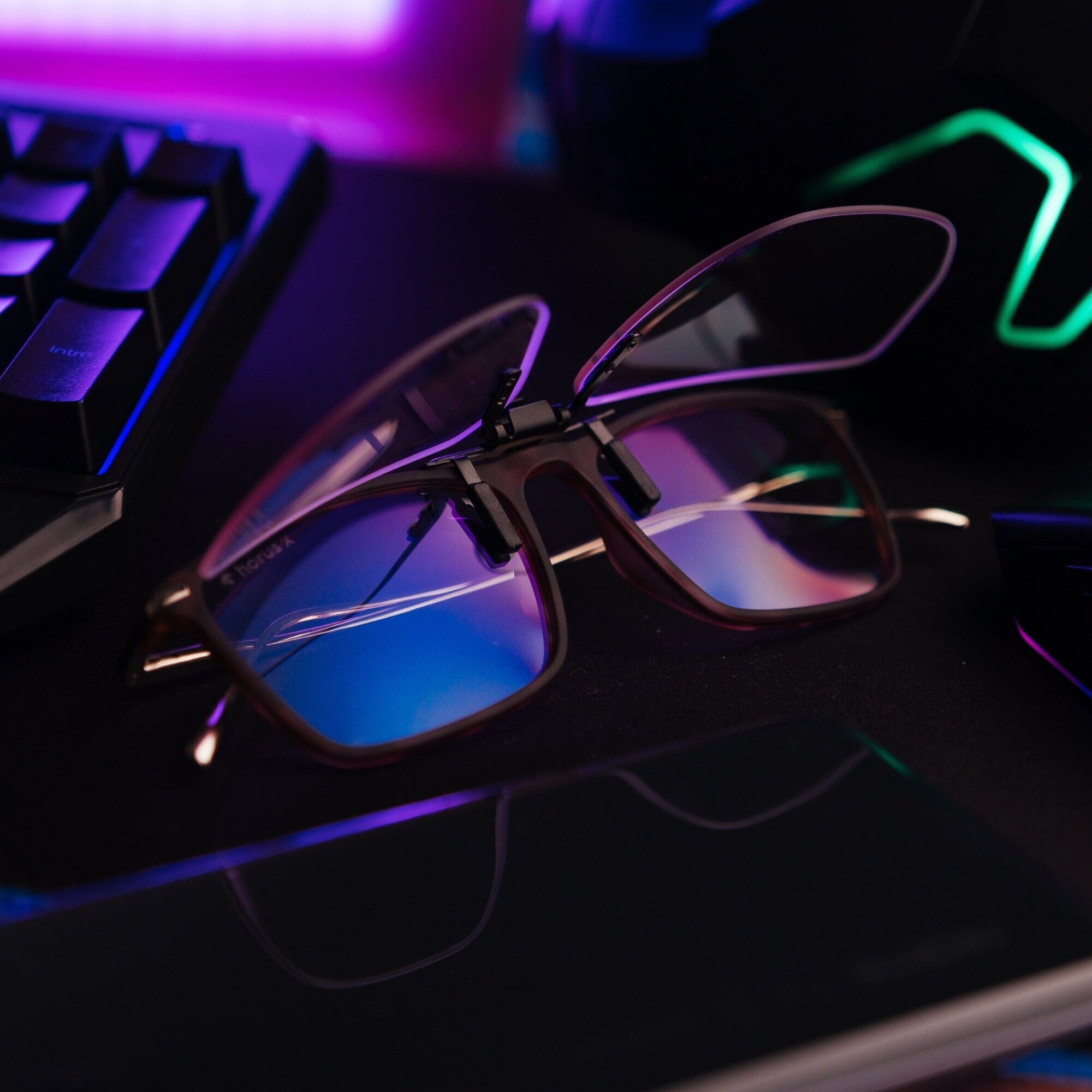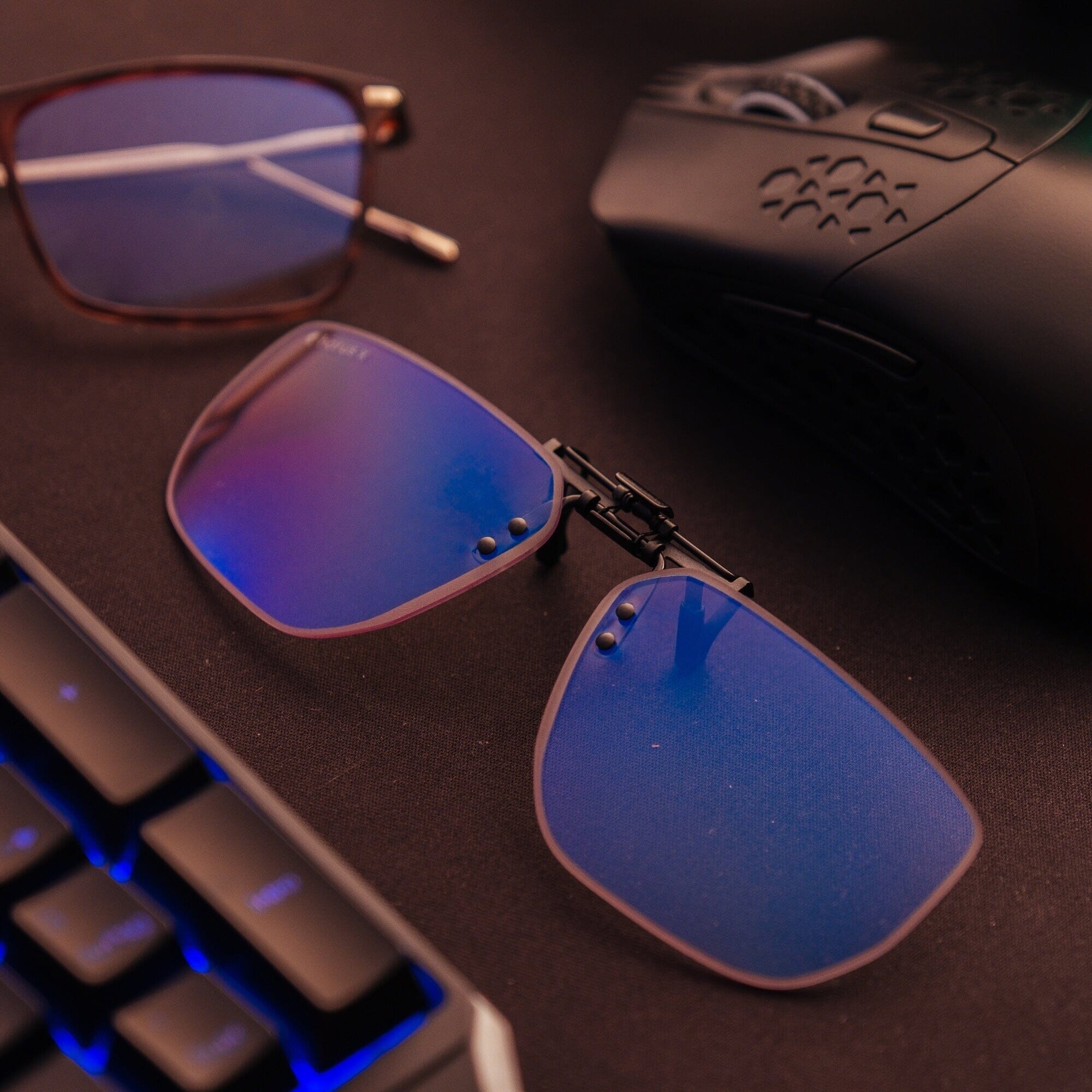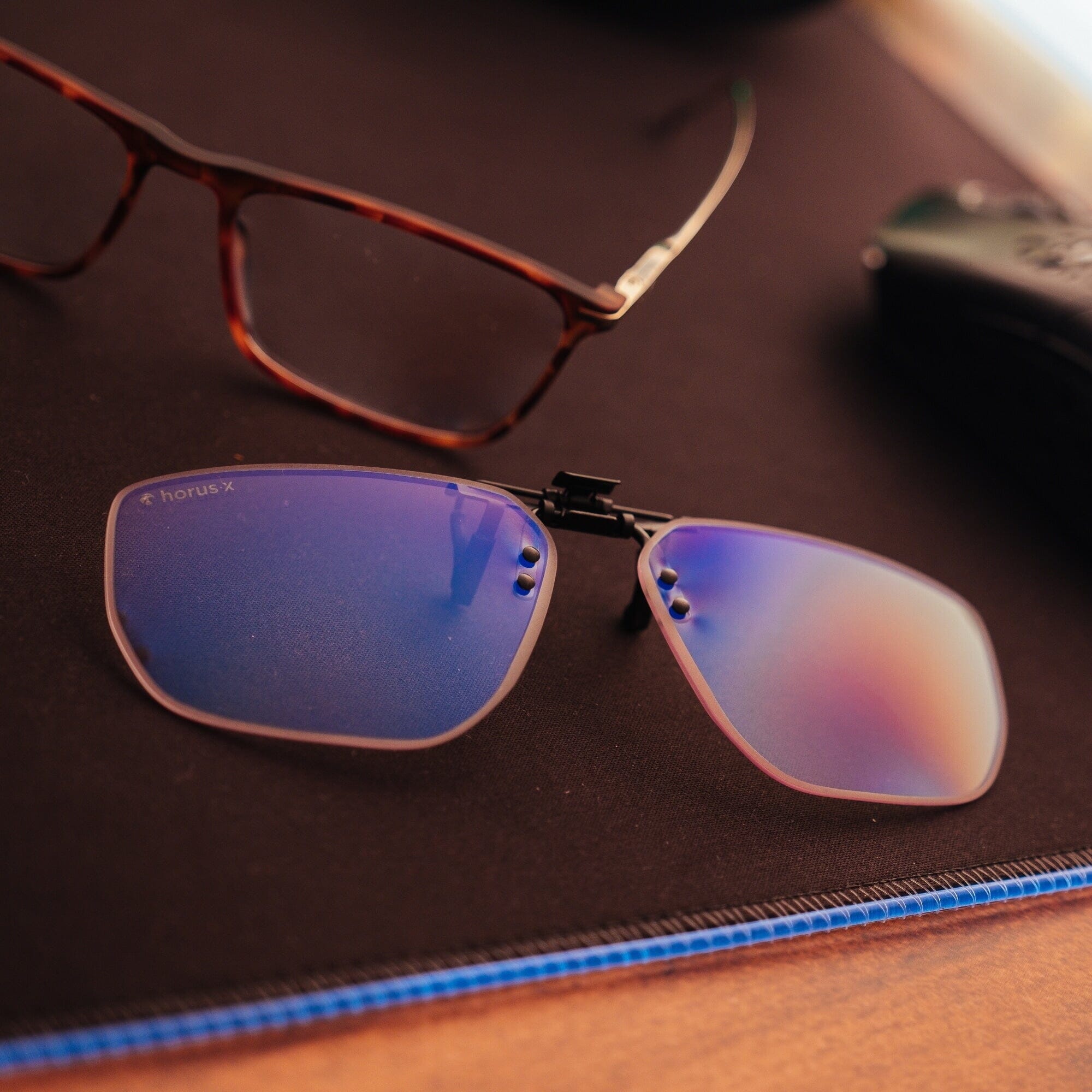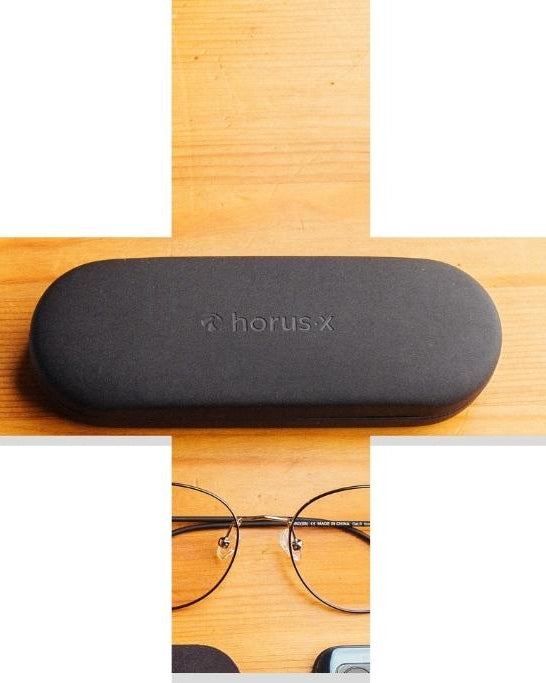Are you part of Team Eyewear? If so, you know how difficult it can be to switch between different types of glasses - classic eyeglasses, anti-blue reflection eyeglasses and sunglasses - to suit your vision needs. Sometimes you find yourself taking your glasses on and off more than Clark Kent.
Fortunately, there is a solution that combines classic eyeglasses and sunglasses in one pair: transition lenses, also known as photochromic lenses. This article will discuss the technology behind transition lenses, how they work, and the advantages and disadvantages of using them; fundamentally answering the question: are transition lenses worth it?

Photochromic lenses (also called transition, adaptive or variable-tint lenses) are lenses where the color darkens with exposure to UVs. This means that when you’re not in direct sunlight, like when indoors, your lenses are transparent and clear. But when you go outside, they darken in the sun, turning into sunglasses automatically. This means you can use them as dual-purpose items: clear, reading glasses at home and sunglasses outside.
Photochromic lenses can be made from various materials:
- Thermosetting (or organic) plastic: This appeared on the market in the 1960s. Light and comfortable, current technology now makes them more resistant to shocks and scratches.
- Mineral glass: The oldest on the market. They are heavier and less resistant than their organic counterparts.
- Polycarbonate: From the same family as classic organic photochromic lenses. Polycarbonate glasses are thinner, lighter and even more resistant.
Depending on the type of photochromic lens chosen, the lens tint will darken in response to exposure to sunlight.
- For organic photochromic lenses (thermosetting plastic or polycarbonate lens), the lenses are coated with This chemical compound’s molecular bonds are broken with exposure to UV rays (causing the lenses to darken) and recover once in shade (causing a gradual return to transparent lenses).
- For mineral photochromic lenses, the lenses are coated with silver-based compounds (silver halide, silver chloride, silver bromide) which follow a similar process. When exposed to UV rays (UVA and UV), the bonds break and silver atoms regroup, which darkens the lenses. Then, when the amount of ultraviolet light decreases again, the bonds re-establish themselves and the glass gradually becomes clearer again.

Photochromic lenses: the advantages
Thanks to photochromic lenses, you can transform your corrective glasses in (almost) the blink of an eye.
(In Hogwarts Legacy, we would call this spell Lumos Photochromio 🧙)
But that’s not the only advantage of photochromic glasses. They also have:
- 🕶 Good UV protection: apart from the stylish aspect of sunglasses, what you are looking for above all is to protect your eyes from ultraviolet rays. Most transition glasses offer Category 3 sunglass protection against UV rays. Plus, because you’re already wearing your glasses it means you’re naturally wearing your sunglasses every time you step outside. That means photochromic glasses protect you 100% from a low amount of UV, and continuously at that.
- 💰 Economic: two pairs of glasses in one can be a big saving in the long run!
- 😎 Practicality and adaptability: if you like your frame but want to switch to photochromic lenses, good news! A photochromic lens can be purchased separately and mounted on your usual pair of glasses.

Disadvantages of photochromic lenses
As with everything in life, there are advantages and disadvantages to photochromic lenses. They can occasionally be quite inconvenient. Here’s a few of the drawbacks of photochromic lenses:
- ⏱ Photochromic lens don’t magically snap from light to dark in a split second when you walk outside. In fact, it can take a good few seconds for them to fully darken or lighten, which means if you’re looking for instant gratification, then you might find yourself disappointed.
- 🚘 Photochromic glass is useless when driving: The windshields of our cars are generally equipped with UV filters, which prevents most photochromic glasses from functioning normally. Luckily, the windshield is dealing with the problem for you!
- 🌡 A photochromic lens is temperature sensitive. This means it will be less effective in cold weather because the lens will be darker and overall, will take longer to become clear again at low temperatures.
- 💸 The cost of photochromic sunglasses is generally higher than that of classic sunglasses. If you don't wear glasses every day, it may not be necessary to purchase a pair of photochromic lenses.
- 🕶 The tint of a photochromic lens is not as dark as that of sunglasses. You also can’t control the degree of tint in your lenses. By that we mean that as they react to sunlight, even weak UV rays can cause them to darken, regardless of your feelings on the matter.
👉 All this means is that photochromic lenses have some advantages and disadvantages, and how much these affect you is down to your personal use and preferences. We also always advise you to seek advice from a professional, and don’t forget to test out some photochromic lenses before making your choice!
Prescriptions and reimbursement
Whether or not your photochromic lenses can be reimbursed will depend on your medical insurance and provider. If you use these as prescriptive lenses its worth investigating to see if you can get the cost reimbursed.
👉 If you wear your photochromic glasses to improve eyesight, they will be considered corrective optical glasses and will therefore be prescribed by an ophthalmologist.
🙄If you use them for other reasons, like photosensitivity, or you struggle with an eye pathology, you may also find photochromic lenses worth it, and prescribed by a specialist.
Its always best to ask a specialist and check that the prices align with what your insurance provider is recommending.
What about blue light?

As with sunglasses, a photochromic lens can also be equipped with anti-blue light technology and thus protect you from both UV rays and harmful blue light from TVs, LEDs and screens.
However, they might not always do the job as well as a regular pair of anti-blue light glasses can. To ensure your eyes are getting full protection from both blue light and UV rays we recommend our very own Horus X sunglasses, equipped with our exclusive DARKMATTER® filtration technology.
🦸Their mission? To protect you from evil! Well, actually… to protect you from EVIL blue light (100% of the harmful spectrum, and 96% of the extended harmful spectrum), UV rays (100% protection – just like all Horus X glasses), and even reflections. Our frames are designed to be light and comfortable for all your needs, from work to play.
Final Thoughts: Photochromic Lenses Advantages, Disadvantages
- 👓 Photochromic lenses tint based on the amount of sunlight (UV radiation) and change from clear to tinted in seconds. There are several types: organic and mineral.
- ➕ They have the advantage of combining corrective lenses and sunglasses, which can be both practical and economical.
- ➖ Changing from tinted to clear glass is not necessarily practical when going from high to low brightness level very quickly. Plus, you can’t adjust the intensity of the tint of the lenses, which can leave you feel like you’re stumbling around blindly if it’s too dark for your personal preference.
- 🚗 Photochromic glasses are often useless for driving. The anti-UV radiation filters of the windshield prevent the glasses from working optimally.
- 🤷 So, sunglasses or photochromic lenses? It all depends on your correction and also, on your feelings.
If you need glasses on a daily basis, photochromic lenses can be a good solution.
If you don't need correction, we instead recommend good anti-UV, anti-glare and anti-blue light sunglasses instead (like ours).





